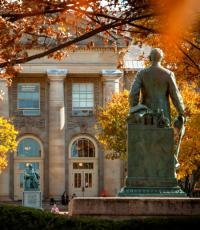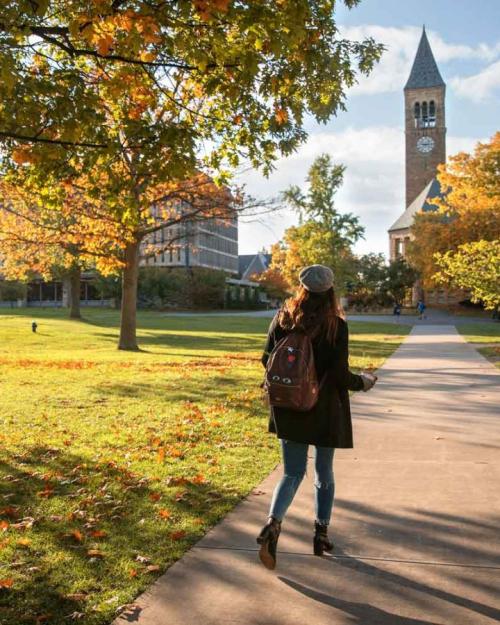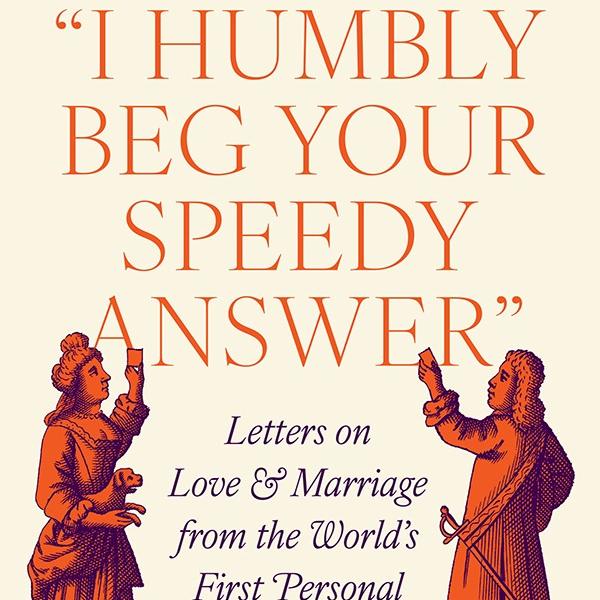
 Department Homepage
The College of Arts & Sciences
Department Homepage
The College of Arts & Sciences
Public History Initiative launches at Cornell
“Our initiative aims to stimulate new conversations about the sedimented histories that shape our contemporary world.”


